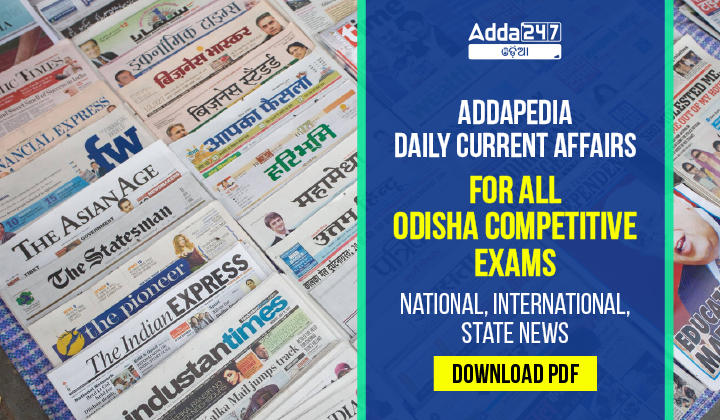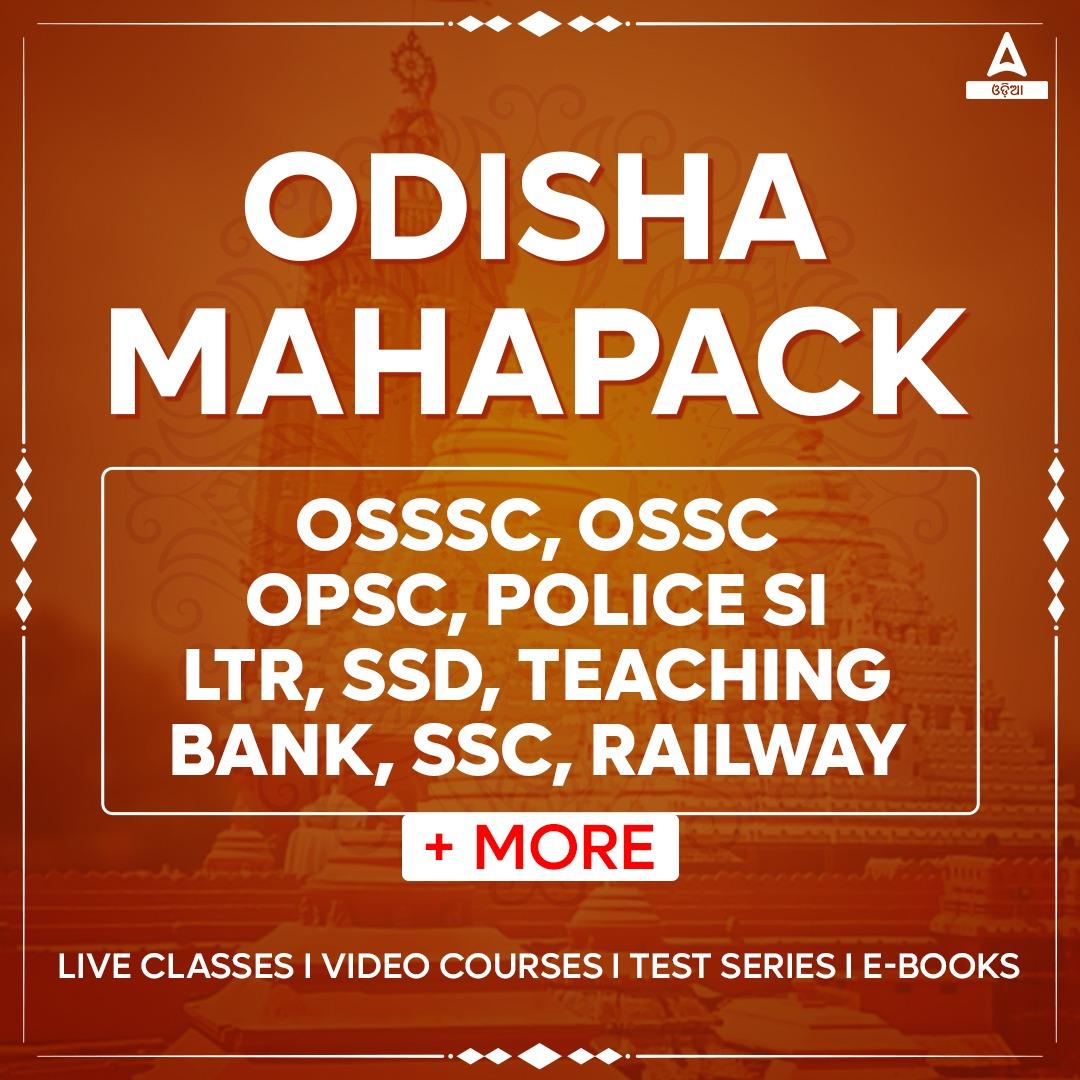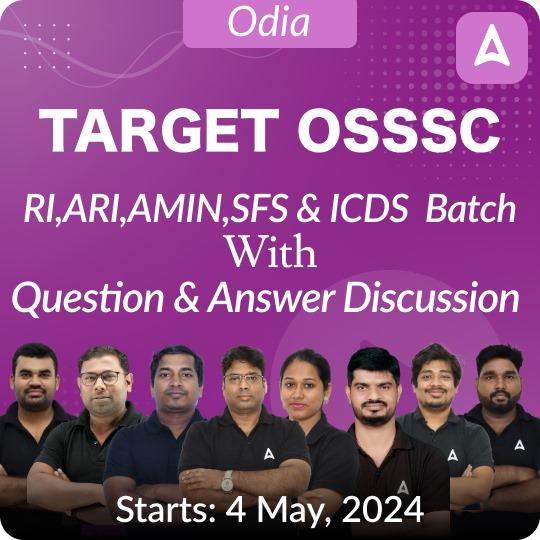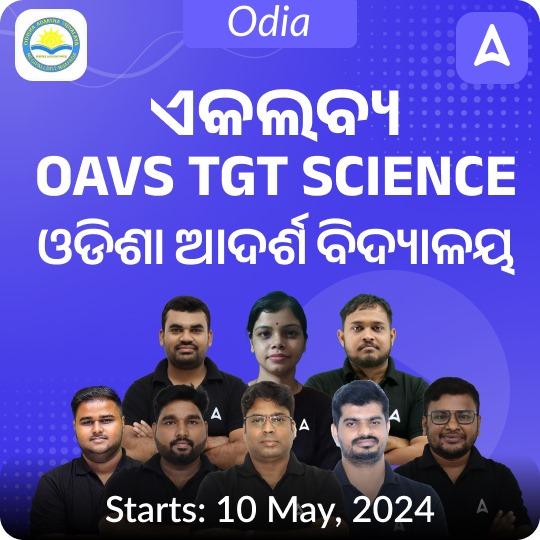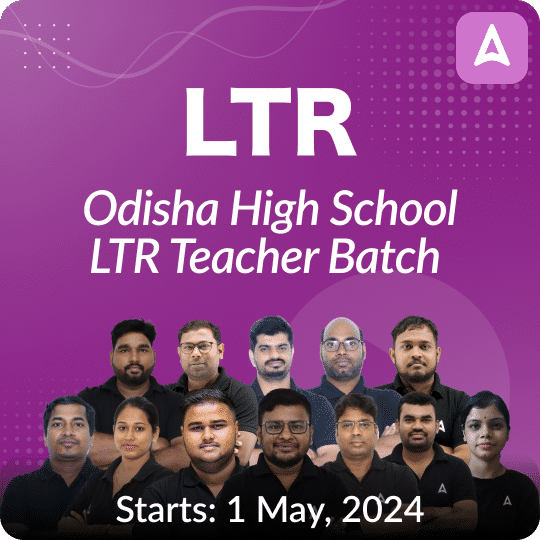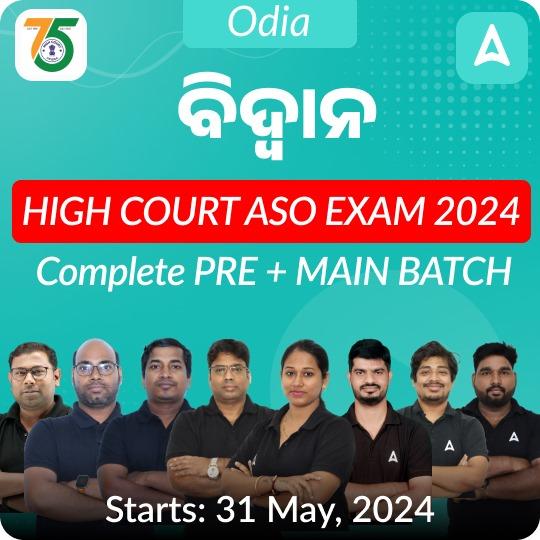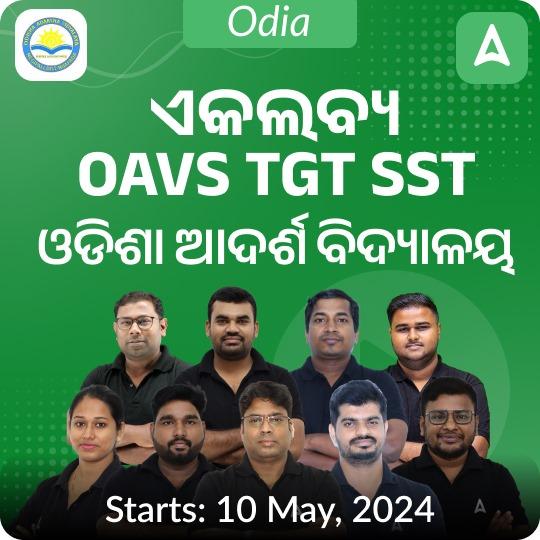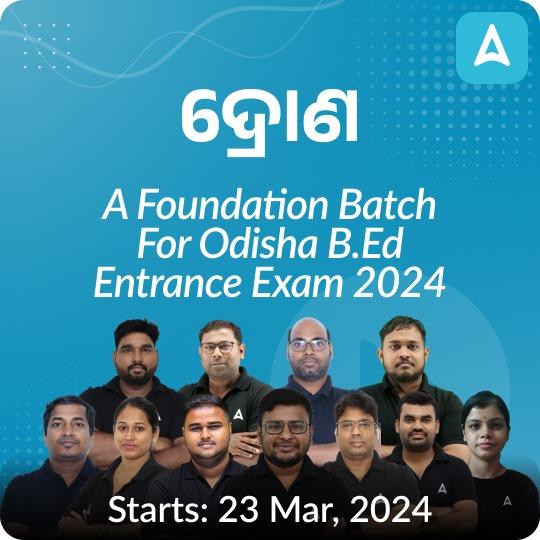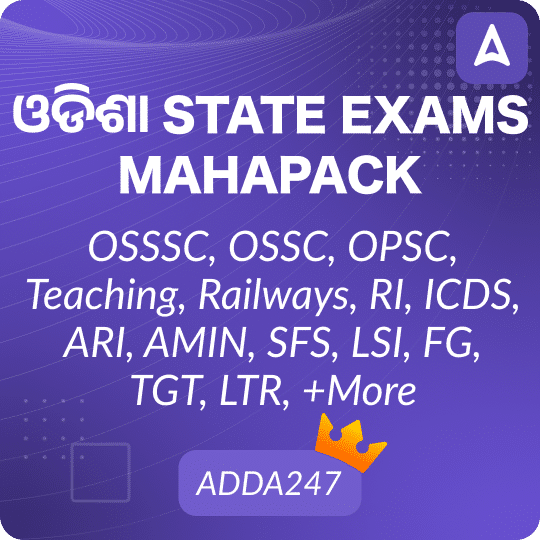| National and International News |
| GST Council |
Why in news?
- Chaired by Finance Minister Nirmala Sitharaman, the GST Council, including state counterparts, may consider rate rationalization and reduce taxes on essential items from 12% to 5%, based on recommendations from a panel of State Ministers.
Key Points:
-
- In order to implement Goods and Services Tax (GST), the Constitutional (122nd Amendment) Bill was passed by the Parliament and by more than 15 states, and thereafter Hon’ble President gave assent on the 8th of September, 2016.
- Article 279A (1) of the amended Constitution, the GST Council has to be constituted by the President within 60 days of the commencement of Article 279A.
- Functions
-
- Article 279A(4): The Goods and Services Tax Council shall make recommendations to the Union and the States on
- The taxes, cesses, and surcharges levied by the Union, the States, and the local bodies which may be subsumed in the goods and services tax.
- The goods and services that may be subjected to, or exempted from, the goods and services tax.
- Model Goods and Services Tax Laws, principles of levy, apportionment of Goods and Services Tax levied on supplies in the course of inter-State trade or commerce under article 269A, and the principles that govern the place of supply.
- The threshold limit of turnover below which goods and services may be exempted from goods and services tax.
- The rates include floor rates with bands of goods and services tax.
- Any special rate or rates for a specified period to raise additional resources during any natural calamity or disaster.
- Special provision with respect to the States of Arunachal Pradesh, Assam, Jammu and Kashmir, Manipur, Meghalaya, Mizoram, Nagaland, Sikkim, Tripura, Himachal Pradesh, and Uttarakhand; and any other matter relating to the goods and services tax, as the Council may decide.
|
| Falcon 9 Rocket |
Why in news?
- India’s communication satellite, GSAT-N2, was successfully launched into orbit by SpaceX’s Falcon-9 rocket, marking a significant collaboration between the Indian Space Research Organisation (ISRO) and SpaceX.
Key Points:
- Falcon 9 is a partially reusable rocket developed and operated by SpaceX, designed to carry both cargo and crew to a variety of orbits, including Low Earth Orbit (LEO) and Geostationary Transfer Orbit (GTO), as well as interplanetary destinations like Mars.
- Falcon 9 is a two-stage rocket. The first stage is equipped with nine Merlin 1D engines, while the second stage has a single Merlin Vacuum engine optimized for space.
- It uses a combination of liquid oxygen (LOX) and RP-1 (refined kerosene) as propellants.
- The first stage is designed to be reusable, capable of returning to Earth and landing vertically for refurbishment and reuse. This feature significantly reduces launch costs.
- The Falcon 9 can carry a payload of up to 22,800 kg to LEO and 8,300 kg to GTO. For missions to Mars, its capacity is around 4,020 kg.
- Its height is 70 meters with a diameter of 3.66 meters and a total mass of about 549,000 kg.
|
| Person in news: Rani Lakshmibai |
Why in news?
- The Prime Minister paid homage to Rani Lakshmibai of Jhansi on her birth anniversary.
Key Points:
- Rani Lakshmibai, also known as the Rani of Jhansi, was a prominent figure in the Indian Rebellion of 1857 against British colonial rule.
- In 1853, when the Maharaja of Jhansi died, Lord Dalhousie refused to acknowledge the child and applied the Doctrine of Lapse, and annexed the state.
- Rani Lakshmibai fought bravely against the British so as to save her empire from annexation. She died fighting on the battlefield on 17th June 1858.
- When the Indian National Army started its first female unit (in 1943), it was named after the valiant queen of Jhansi.
- Her valiant efforts and unwavering courage have made her an enduring symbol of resistance and patriotism in India’s struggle for independence.
- Her battle cry “Krantikari Rani” and “Jai Bhavani, Jai Shivaji” echoed the spirit of resistance against oppression.
- Honored through numerous memorials, statues, and tributes across India, including the Rani Jhansi Marine National Park and Rani Jhansi Road in Delhi.
|
| Pradhan Mantri Awas Yojana-Gramin |
Why in news?
- For the first time since the launch of the flagship rural housing scheme, Pradhan Mantri Awas Yojana-Gramin (PMAY-G), in 2016, the Union Ministry of Rural Development is permitting “self-surveys” for beneficiaries. This applies to the second phase of the PMAY-G program, which aims to build 2 crore houses.
Key Points:
- Pradhan Mantri Awas Yojana (PMAY) is a credit-linked subsidy scheme initiated to provide affordable housing to low and moderate-income residents across the country.
- The newly formed government has approved the proposal to provide 3 crore additional rural and urban houses under PMAY.
- The scheme has two components: PMAY-U for the urban poor and PMAY-G and PMAY-R for the rural poor.
- Pradhan Mantri Awas Yojana-Urban (PMAY-U) 2.0 is the second edition of the Prime Minister’s Housing Scheme designed to address the housing shortage among the urban poor.
- It aims to assist economically weaker sections and lower-income groups in cities with financing for constructing or purchasing their first homes.
- This enhancement will provide a greater risk guarantee on affordable housing loans from banks, housing finance companies, or primary lending institutions to the urban poor.
- Under PMAY-U 2.0, financial assistance will be provided to 1 crore urban poor and middle-class families to construct, purchase, or rent houses at affordable costs.
|
| G20 Summit 2024 |
Why in news?
- The 19th G20 Summit 2024, officially known as the Summit Rio 2024, held on November 18 and 19, 2024, in Rio de Janeiro, Brazil.
Key Points:
- Brazil holds the G20 Summit 2024 presidency, marking its first time hosting the event.
- The theme for the G20 Summit 2024 is “Building a Just World and a Sustainable Planet.”
- The G20 Presidency sets the agenda for one year and hosts the Summit, with two parallel tracks: the Finance Track and the Sherpa Track. The Finance Track is led by Finance Ministers and Central Bank Governors, while Sherpas, personal emissaries of the Leaders, lead the Sherpa Track.
- The G20 (Group of Twenty) comprises 19 countries (Argentina, Australia, Brazil, Canada, China, France, Germany, India, Indonesia, Italy, Japan, Republic of Korea, Mexico, Russia, Saudi Arabia, South Africa, Türkiye, United Kingdom and United States) and two regional bodies: the European Union and the African Union (as of 2024).
- The G20 members represent around 85% of the global GDP, over 75% of the global trade, and about two-thirds of the world population.
- It was established in 1999, its primary objective is to promote international financial stability and sustainable development by facilitating dialogue among major economies.
- Founding Members: The G20 founding members are Argentina, Australia, Brazil, Canada, China, France, Germany, India, Indonesia, Italy, Japan, South Korea, Mexico, Russia, Saudi Arabia, South Africa, Turkey, the United Kingdom, the United States, European Union, and the African Union.
|

